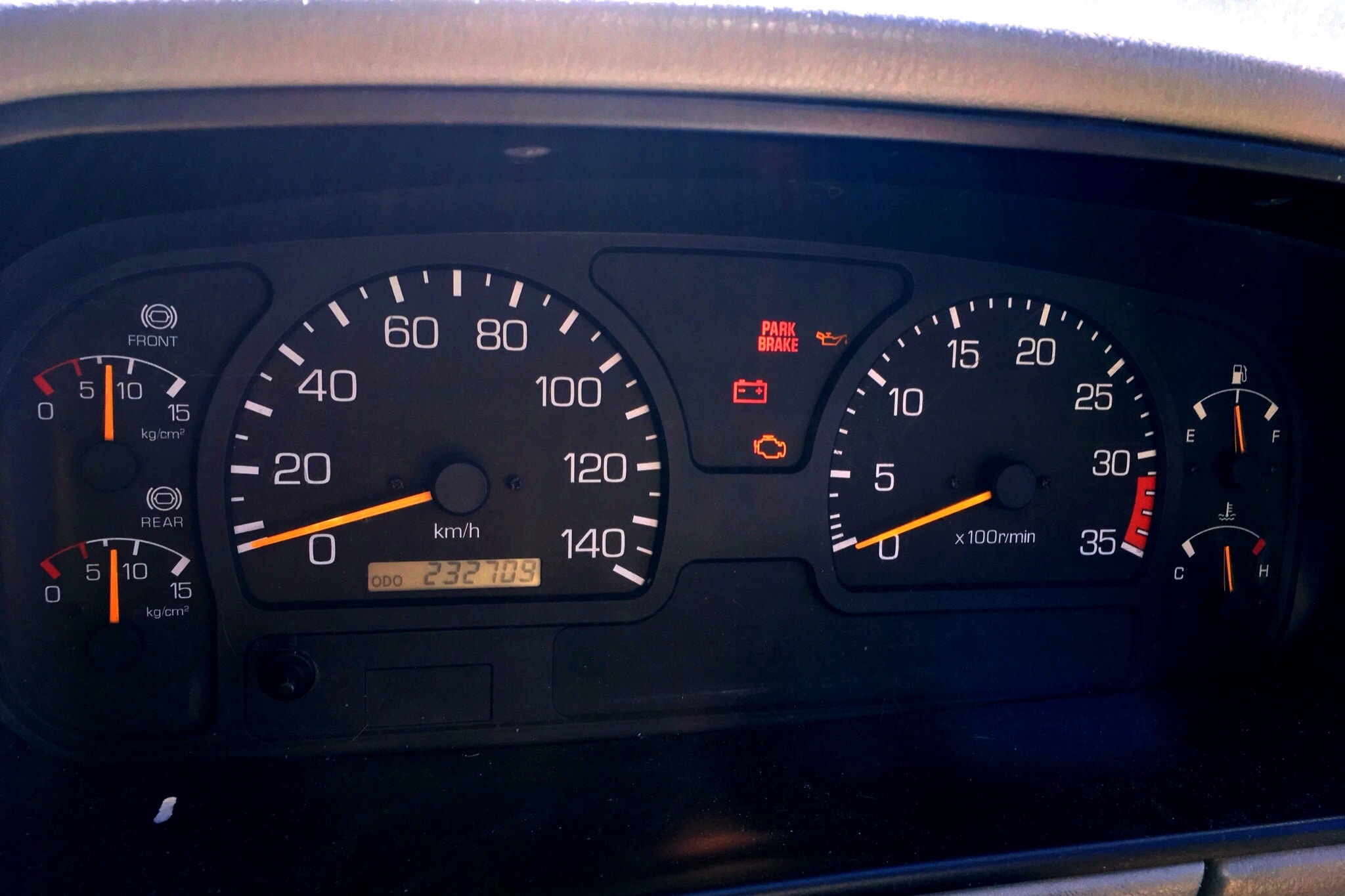Truck Tyres - When Should I Replace my Tyres
/Any Truck tyre over five years old must be tested frequently by a tyre expert. In fact some vehicle manufacturers state in the Owner’s Manual that tyres over a certain age should be replaced regardless of the amount of tread remaining.
Flats Spots
As a tyre moves along the road, it will go from an unpacked state to a loaded state about 500 times a kilometre (or 8 times a second) when driving at 60km/h. These load/unload cycle causes swerve in the tyre body which creates interior resistance and heat in the tyre. When the vehicle sparkled, the tyre gets warm.
Flat spotting happens when the part of the warm tread in contact with the ground (which is flat) “sets” to adopt the shape of the ground. As the tyre “warms-up” and it is next driven, the tread bend (or flat spot) is “ironed-out” and the shaking decreases and vanishes.
Irregular Wear Tyres
Any of below conditions will mean that your tyres are not sitting on the road properly. This means that one shoulder of the tyre is encumbered more heavily than the other, affecting the heavily loaded side to wear fast.
Low Tyre Pressure
Not putting sufficient air pressure in a tyre means that the tyre will be warped extremely and the shoulders will wear more rapidly than the centre of the tread.
Excessive Tyre Pressure
Too much air pressure in your tyres means that the tyre will be “too hard” and the contact patch of the tread will be shortened to the centre of the tread. This in turn, will mean that the centre of the tread will wear more rapidly that the edges. Either way, not the entire tyre is being used skilfully.
If you don’t fill your tyres to the correct pressure, they won’t be able to carry the load of the vehicle as comfortably. The obvious effect of not putting sufficient air-pressure in your tyres is that will they will show excessive deflection of the Sidewall. At best, this will distort the tyre contact patch and cause Irregular Tyre Wear. At worst, the increased deflection will cause higher tyre temperature build-up of the tyre, leading to component fatigue in the carcass and potentially tyre failure.
How much air should I put in tyres
The answer to this question is always the same – tyres should always be filled to the pressures specified by the Vehicle Tyre Placard. Also, if the vehicle is being driven heavily loaded or at sustained high speeds, then the cold inflation pressure must be increased to compensate for the more severe service. The tyre pressures for both “normal” and high-speed/high-load are specified on the Vehicle Tyre Placard.
Tyre Common Sense
However, as a tyre wears it's important to realise that the tyre's ability to perform in rain and snow will be reduced. With 1.5 mm of remaining tread depth, resistance to hydroplaning in the rain at highway speeds has been significantly reduced, and traction in snow has been almost eliminated.
If rain and wet roads are a concern, you should consider replacing your tires when they reach approximately 1.5mm of remaining tread depth. Since water can't be compressed, you need enough tread depth to allow rain to escape through the tyre's grooves. If the water can't escape fast enough, your vehicle's tires will be forced to hydroplane (float) on top of the water, losing grip of tyre on a road
If snow-covered roads are a concern, you should consider replacing your tyres when they reach approximately 1.5mm of remaining tread depth to maintain good mobility. You need more tread depth in snow because your tyres need to compress the snow in their grooves and release it as they roll. If there isn't sufficient tread depth, the "bites" of snow your tires can take on each revolution will be reduced to "nibbles," and your trucks traction and mobility will be sacrificed. Because tread depth is such an important element for snow traction, winter tires usually start with noticeably deeper tread depths than typical All-Season or summer tires. Some winter tires even have a second series of "wear bars" moulded in their tread pattern indicating approximately 1.5mm remaining tread depth to warn you when your tyres no longer meet the desired tread depth.
Flat tyre repairs: Point of no return
Whether it occurs during a tyre's first mile of use or after thousands of miles of driving, a single cut or puncture can make it necessary to replace a damaged tire that can't be repaired.
The first consideration of evaluating if a tire can be repaired is based on how quickly the driver recognises they have a problem and how promptly they respond to it.
Because tyres require appropriate inflation pressure to carry the load of the heavy trucks, standard tyres should never, ever be driven while low on air or flat (while run-flat tyres offer extended mobility in the event of complete air loss, even they may not be suitable to return to service after being driven on while flat).
The indicating external sign of a tyre that has been driven on while flat or very low on pressure is circumferential scuffing on the tire's inboard and outboard sidewalls, but external inspection is not enough. Any repairs without removing the damaged tyre from the wheel are improper because inspecting the inside of the tyre for hidden damage greatly reduces the risk of returning a weakened tire to service. Without dismounting the tire, any hidden damage would likely be missed.
The second consideration when evaluating if a tyre can be repaired is to confirm the size, type and location of the damage.
Get you Truck Licence at Ian Watson’s Truck Driving School - Brisbane
https://www.ianwatsonstruck.com/
Call Ani 1300 786 088


